The cross-sections of a rectangular prism are the two-dimensional figures that are obtained when we cut a prism with a plane. The figure formed depends on the orientation of the plane. We can obtain rectangular, triangular, pentagonal, and hexagonal cross-sections.
Here, we will learn about the cross-sections of a rectangular prism in detail using diagrams.
GEOMETRY
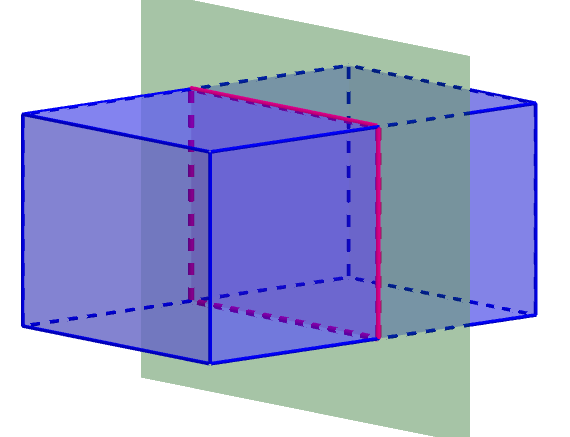
Relevant for…
Learning about all the cross-sections of a rectangular prism.
GEOMETRY

Relevant for…
Learning about all the cross-sections of a rectangular prism.
Rectangular cross-section
The rectangular cross-section can be obtained when we cut a rectangular prism with a plane that is parallel to the faces. This cross-section is the easiest to obtain since it can be obtained when the plane is oriented in different directions.
For example, we can get a rectangular cross-section when the plane is parallel to the front faces as shown in the diagram:

If the plane is parallel to the lateral faces, we obtain the rectangular cross-sections shown in the following diagram:
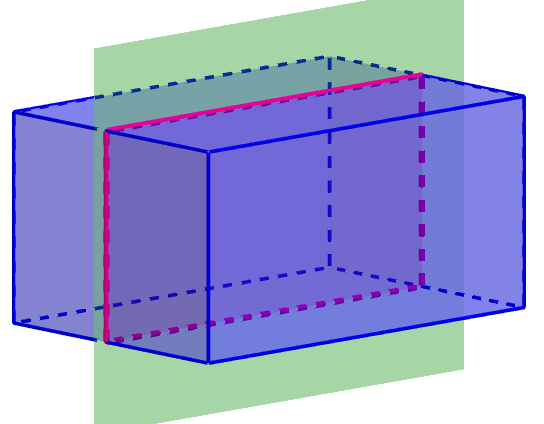
Also, we can obtain rectangular cross-sections when the plane is parallel to the bases of the prism:
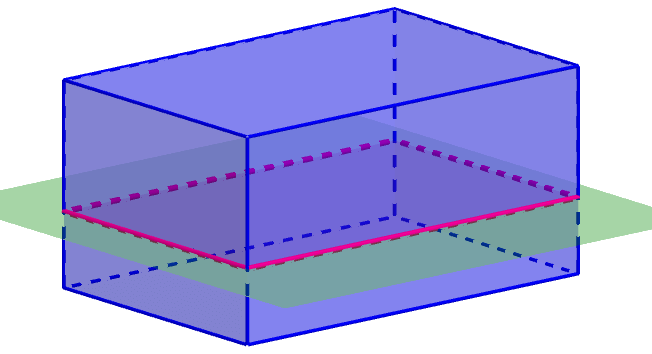
Finally, in the following diagram, we can see that we can obtain rectangular cross-sections even when the plane that cuts the prism has an inclination with respect to all faces.
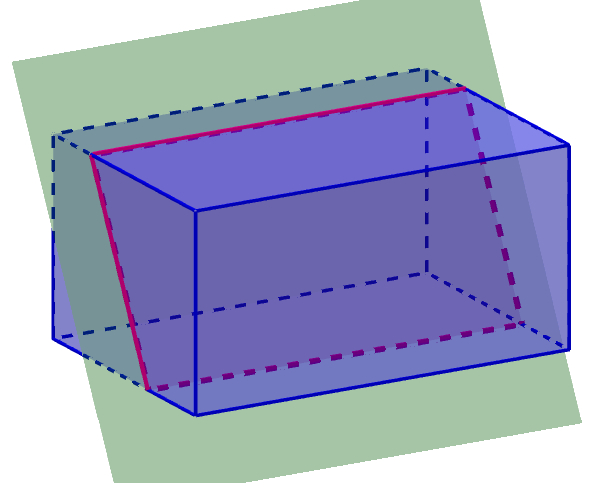
Triangle cross-section
A triangular cross-section can be obtained when we cut a rectangular prism with a plane such that the plane intersects three edges of the prism.
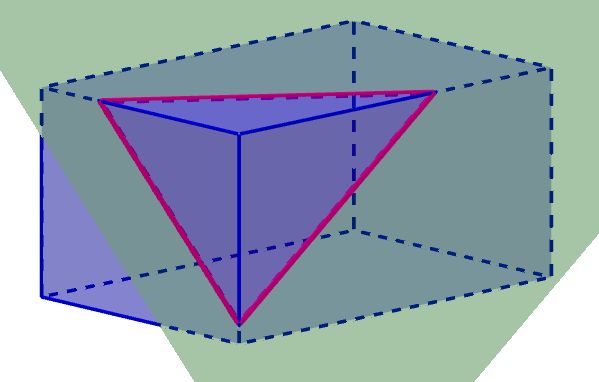
Additionally, if the distance from the central vertex to the point of intersection is the same for all three edges, the triangle formed will be equilateral.
Pentagonal cross-section
When a plane intersects five edges of a rectangular prism, the cross-section formed will be a pentagon. However, the pentagon formed will be irregular in most cases.
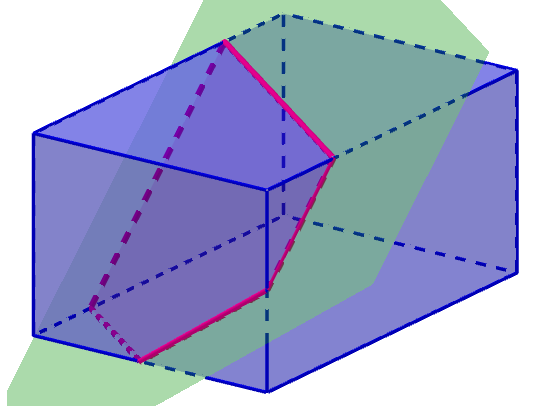
Hexagonal cross-section
When a plane intersects six edges of a rectangular prism, the cross-section formed will be a hexagon. In most cases, the hexagon formed will be irregular.

See also
Interested in learning more about cross-sections of geometric figures? Take a look at these pages:



